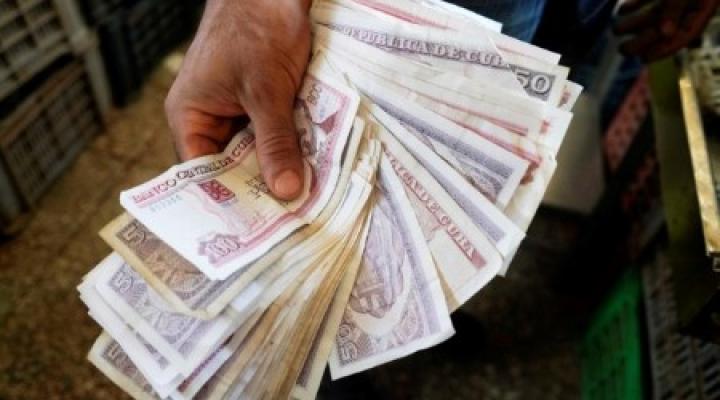HAVANA, (Reuters) – The Cuban peso has stalled at 200 to the dollar on the informal market this week, matching an all-time low and signaling more trouble for efforts to stem an ongoing currency and inflation crisis on the communist-run island nation.
The peso had hovered at 100 pesos to the dollar a year ago, slumped to 200 last October and then rebounded to 160 as 2023 began, according to a tracker provided by independent news outlet El Toque, the most watched in Cuba, before depreciating back towards 200 in recent weeks.
“The exchange rate shows the impoverishment of the economy and families in dollar terms,” said Pavel Vidal, a former Cuban central bank economist who teaches at Colombia’s Pontificia Universidad Javeriana Cali.
A weak peso, the currency in which most Cubans are paid, undercuts the buying power of already paltry salaries that rarely top 5,000 pesos monthly, or $25, at the current exchange. The peso cost of many goods imported in dollars also skyrockets as the peso plunges, further inflating consumer prices.
Experts estimate 40% of Cuba’s 11 million people rely entirely on pesos and have no access to dollars, which are available primarily via remittances from abroad or via tourism.
Vidal said recent market reforms, such as modest support for the private sector and a tepid deregulation of foreign trade, have not done enough to incentivize domestic production and control inflation.
“There has been a sustained depreciation of the peso that is explained by fundamental factors in the economy,” Vidal said.
The state brands the informal exchange rate as illegal, but has proven unable to shut it down. Havana largely blames the United States for the wider economic crisis, linking it to U.S. sanctions on trade, investment and banking with Cuba.
While the government reported inflation at 77% in 2021 and 31% last year, many Cuban economists, including Vidal, put the actual figure it in triple digits both years.
The government forecast 3% growth in 2023 after a decline of 8% since 2020. But a combination of fewer tourists than expected, a record low sugar harvest, a surge of inflation globally and an acute fuel shortage have led to a drop in output in many key sectors, Economy Minister Alejandro Gil said in May.
Last week, Gil said that 20% of economic output, ranging from pharmaceuticals and agriculture to packaging and spare parts, depended on imports. He acknowledged Cuba simply lacked the cash it needed to make even bare bones purchases abroad.
For many Cubans already reeling from economic crisis, the free-falling peso is seen as further evidence the government cannot stem a crisis that has relentlessly undermined the quality of their lives for four years.
“Imagine, when the dollar goes up everything goes up and if you do not have access to dollars or say euros you are screwed,” said Claudia Valdes, who sells snacks, sweets and soda, some imported or made from imported goods, on Havana’s outskirts.
The government has officially fixed the dollar at 25 pesos since 2021 and last year introduced a special 120 peso rate mainly for tourists and a limited domestic exchange program.
At the same time, it operates special foreign currency stores, off limits to the portion of the population who have no access to dollars or pesos to buy them.






